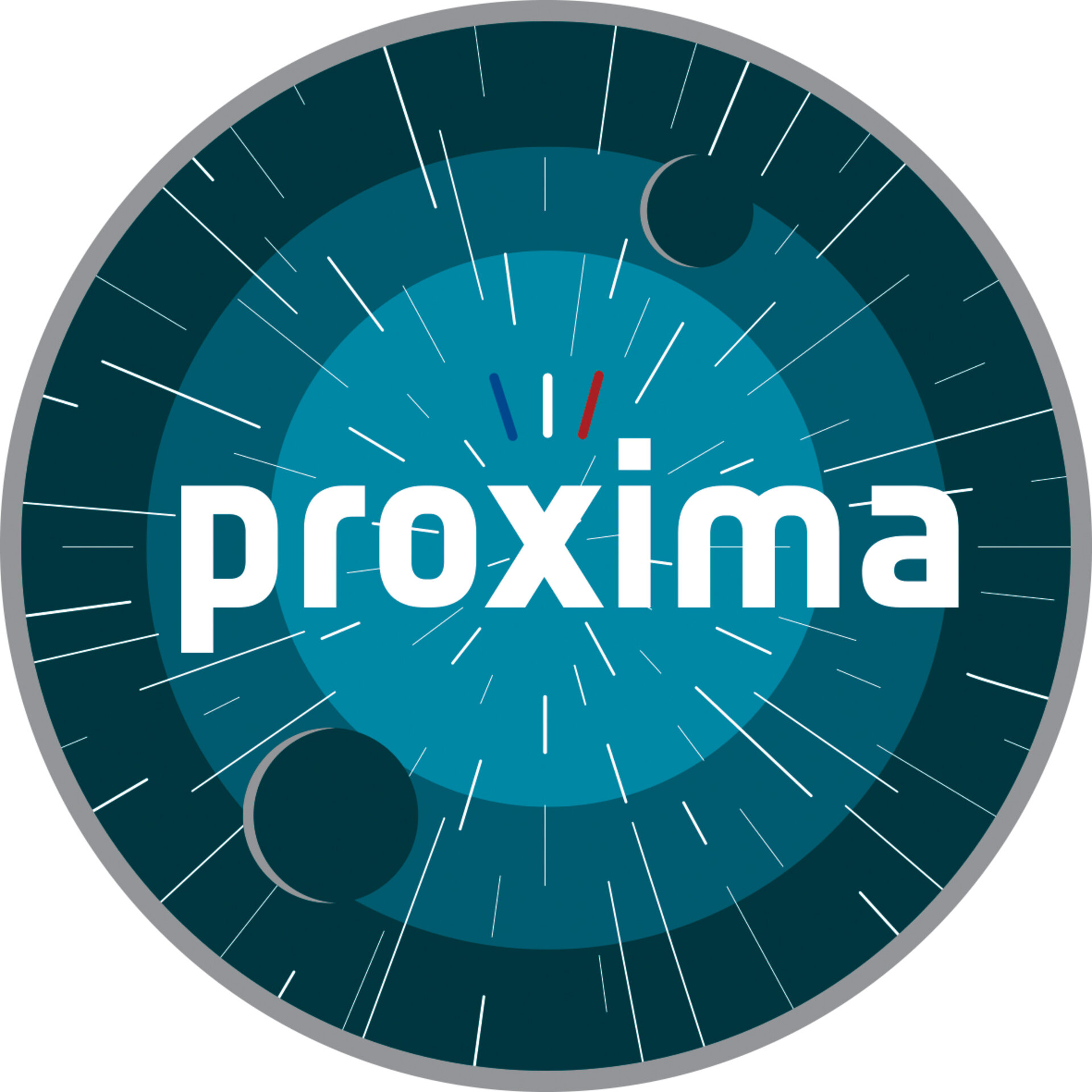Accept all cookies Accept only essential cookies See our Cookie Notice

About ESA
The European Space Agency (ESA) is Europe’s gateway to space. Its mission is to shape the development of Europe’s space capability and ensure that investment in space continues to deliver benefits to the citizens of Europe and the world.
Highlights
ESA - United space in Europe
This is ESA ESA facts Member States & Cooperating States Funding Director General Top management For Member State Delegations European vision European Space Policy ESA & EU Space Councils Responsibility & Sustainability Annual Report Calendar of meetings Corporate newsEstablishments & sites
ESA Headquarters ESA ESTEC ESA ESOC ESA ESRIN ESA EAC ESA ESAC Europe's Spaceport ESA ESEC ESA ECSAT Brussels Office Washington OfficeWorking with ESA
Business with ESA ESA Commercialisation Gateway Law at ESA Careers Cyber resilience at ESA IT at ESA Newsroom Partnerships Merchandising Licence Education Open Space Innovation Platform Integrity and Reporting Administrative Tribunal Health and SafetyMore about ESA
History ESA Historical Archives Exhibitions Publications Art & Culture ESA Merchandise Kids Diversity ESA Brand Centre ESA ChampionsLatest
Space in Member States
Find out more about space activities in our 23 Member States, and understand how ESA works together with their national agencies, institutions and organisations.
Science & Exploration
Exploring our Solar System and unlocking the secrets of the Universe
Go to topicAstronauts
Missions
Juice Euclid Webb Solar Orbiter BepiColombo Gaia ExoMars Cheops Exoplanet missions More missionsActivities
International Space Station Orion service module Gateway Concordia Caves & Pangaea BenefitsLatest
Space Safety
Protecting life and infrastructure on Earth and in orbit
Go to topicAsteroids
Asteroids and Planetary Defence Asteroid danger explained Flyeye telescope: asteroid detection Hera mission: asteroid deflection Near-Earth Object Coordination CentreSpace junk
About space debris Space debris by the numbers Space Environment Report In space refuelling, refurbishing and removingSafety from space
Clean Space ecodesign Zero Debris Technologies Space for Earth Supporting Sustainable DevelopmentLatest
Applications
Using space to benefit citizens and meet future challenges on Earth
Go to topicObserving the Earth
Observing the Earth Future EO Copernicus Meteorology Space for our climate Satellite missionsCommercialisation
ESA Commercialisation Gateway Open Space Innovation Platform Business Incubation ESA Space SolutionsLatest
Enabling & Support
Making space accessible and developing the technologies for the future
Go to topicBuilding missions
Space Engineering and Technology Test centre Laboratories Concurrent Design Facility Preparing for the future Shaping the Future Discovery and Preparation Advanced Concepts TeamSpace transportation
Space Transportation Ariane Vega Space Rider Future space transportation Boost! Europe's Spaceport Launches from Europe's Spaceport from 2012
Proxima mission logo
Thank you for liking
You have already liked this page, you can only like it once!
ESA astronaut Thomas Pesquet (FR) is assigned to fly on the Soyuz MS-03 spacecraft to the International Space Station, scheduled for launch in November 2016. His crew mates will be cosmonaut Oleg Novitsky of Roscosmos and Peggy Whitson of NASA.
His mission is called 'proxima'. Thomas will be the 10th astronaut from France to head into space and his mission name continues the French astronaut tradition of referring to stars and constellations. The name was chosen from over 1300 entries to ESA’s competition earlier this year.
The winning name was provided by 13-year-old Samuel Planas from Toulouse, France. “Proxima is the closest star to our Sun and is the most logical first destination for a voyage beyond our Solar System,” explains Samuel. “Proxima also refers to how human spaceflight is close to people on Earth.” The logo continues the exploration theme, with star trails evoking future space travel and exploration beyond low-Earth orbit. Two stylised planets can represent our Earth and Moon or the Moon and Mars.
The ‘x’ in Proxima is centred in the middle of the patch to signify the star Proxima Centauri. It also refers to the unknown, as well as Thomas being the tenth French space voyager. The three coloured vertical lines form an outline of the International Space Station and also represent Earth, the Moon and Mars, as well as hinting at the French national flag.
The patch was designed by Thomas Pesquet and Karen Oldenburg.
-
CREDIT
ESA -
LICENCE
ESA Standard Licence

Soyuz MS-03, Proxima mission patch, 2016

Proxima announcement

Unveiling of Thomas's mission name and logo

Proxima announcement















 Germany
Germany
 Austria
Austria
 Belgium
Belgium
 Denmark
Denmark
 Spain
Spain
 Estonia
Estonia
 Finland
Finland
 France
France
 Greece
Greece
 Hungary
Hungary
 Ireland
Ireland
 Italy
Italy
 Luxembourg
Luxembourg
 Norway
Norway
 The Netherlands
The Netherlands
 Poland
Poland
 Portugal
Portugal
 Czechia
Czechia
 Romania
Romania
 United Kingdom
United Kingdom
 Slovenia
Slovenia
 Sweden
Sweden
 Switzerland
Switzerland
























